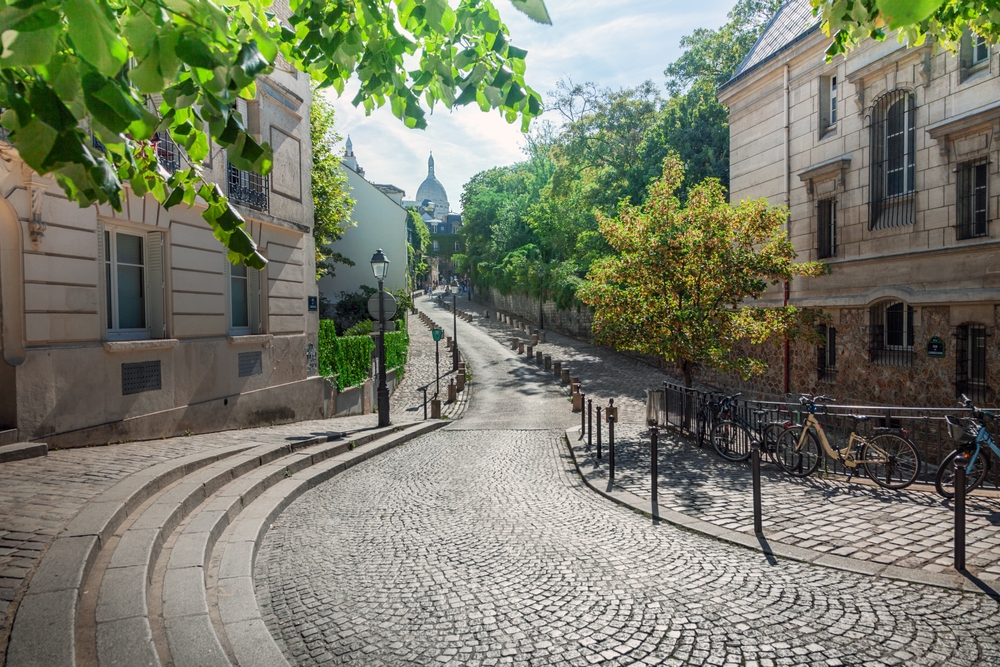

With for starting point, a monument immortalized in literature: the Cathedral of Notre Dame. Speaking of which, did you know that it's thanks to Victor Hugo (and the immense popularity of his 19th century novel) that we can now visit the monument? A great lover of Paris and forerunner of heritage preservation, he would certainly be very proud to see that it is - normaly - the most visited site of the capital.
Other places in Paris that have inspired many authors:
Speaking of Muses, Paris was mainly praised by many writers for its beauty ( the capital was often assimilated to a woman, André Breton went so far as to compare the triangular form of Place Dauphine to a female pubis) but Paris was also described in less glorious ways in other works, including:
Everything seemed insipid when I left Paris.
Although provincial, the author of "Le Rouge et le Noir" is also one of the writers who was greatly inspired by the capital. Between trips to Italy, his other adopted homeland, the Grenoble native lived there on several occasions, notably at 8 rue Caumartin in the 9th arrondissement, where, in just 52 days, he wrote La Chartreuse de Parme.
Like many of the authors who have gone down in the literary pantheon, the man whose real name was Henri Beyle was particularly fond of theater and music, and took an active part in Parisian intellectual life in the various salons that punctuated the daily lives of 19th-century artists.
The poet Joachim du Bellay, another uprooted person who was far less happy to have had to leave the provinces for the big city, wrote the famous line "Happy who, like Ulysses, has made a beautiful journey", recounting the nostalgia of his childhood in the small village of Liré in Anjou.
Other authors, fortunately, lived happier there, notably Balzac who went so far as to theorize on this very Parisian art of dreamy wandering with his book "La théorie de la démarche" (The Theory of Walking). The commissioner Maigret, under the pen of Simenon, will also blossom through the numerous criminal investigations conducted from the famous 36 Quai des orfèvres.
Finally, how can we not mention Ernest Hemingway and his famous "Paris est une fête" (A Moveable Feast) ? In this posthumously published novel, the most famous American writer recounts his years as a penniless author in Paris in the 1920s.
After having forgotten his first notes of 1928 in a Vuitton trunk at the Ritz Hotel (!), he resumed writing them between 1957 and 1960 and evokes with nostalgia the artistic meetings (F. Scott Fitzgerald, Gertrude Stein, Ezra Pound…) made in the French capital,